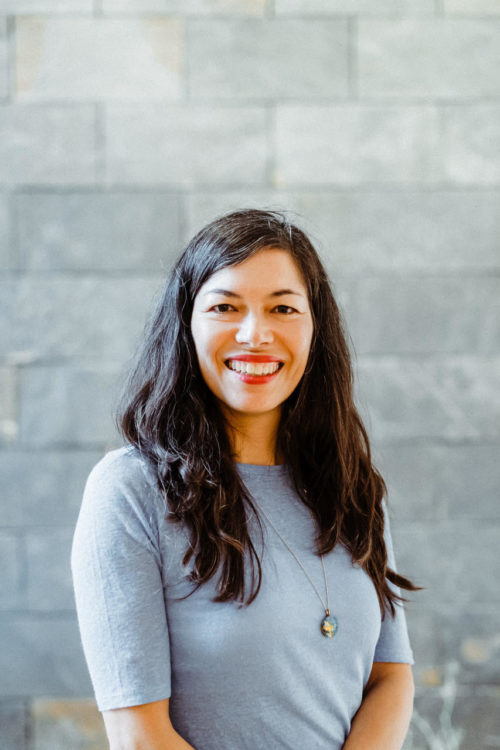Browse by Themes
Nature has long been a source of inspiration and the subject of representation for artists. However, the major environmental crises of the twentieth century, such as climate change and the erosion of biodiversity, have challenged this approach, revealing its fragility. This increased awareness then transformed the relationship between visual artists and the landscape.
This shift took place in the United States in the 1960s and 1970s. During an era marked by protest, many people began questioning the limits of art as it was practiced in the studio and exhibited in the museum. Artists left cities for large, open spaces where they could sculpt directly into the landscape. This is what would come to be called Land Art or Earth Art. At the same time, another movement, led mainly by women, called Ecological art was developing, of which Agnes Denes (b. 1931) was one of the pioneers. Amongst her best-known projects is Wheatfield – Confrontation (1982), located in an empty plot of land near the World Trade Center. She negotiated the right to grow and harvest wheat there, occupying the field in the middle of the city, estimated to be worth 4.5 billion dollars at the time, for four months. In response to the development of Land Art, which essentially expressed aesthetic and conceptual concerns, this work illustrates that eco-artists proposed a more urban, social and ethical practice. However, recognition of this trend came late, as it was overshadowed by the success of Land Art, which was concentrated around a few male figures and which erased the only woman in the movement, Nancy Holt (1938-2014), who was much less recognized than her colleagues and her husband Robert Smithson (1938-1973).
Since then, many female visual artists have taken up environmental issues in a variety of ways. Some, such as the French sculptor Marinette Cueco (b. 1934), are inspired by nature, working with vegetable and mineral materials in a spirit of frugality. Others, such as the Chinese artist Yin Xiuzhen (b. 1963) or Ursula Biemann (b. 1955) from Switzerland seek to denounce a situation or to raise awareness through their work. Others, such as Lucy Orta (b. 1966), propose solutions and imagine the world of tomorrow. Finally, some like Ana Mendieta (1948-1985), call for a spiritual and physical reconnection with the Earth.
1931 | Hungary

Ágnes Dénes
1938 — 2014 | United States
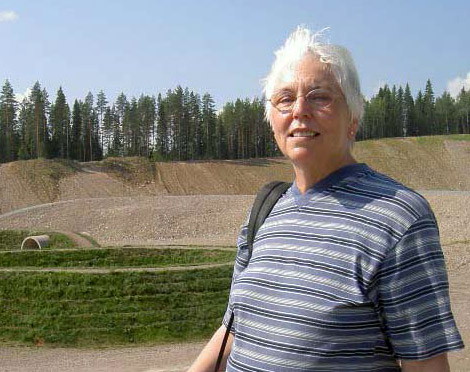
Nancy Holt
1934 | France
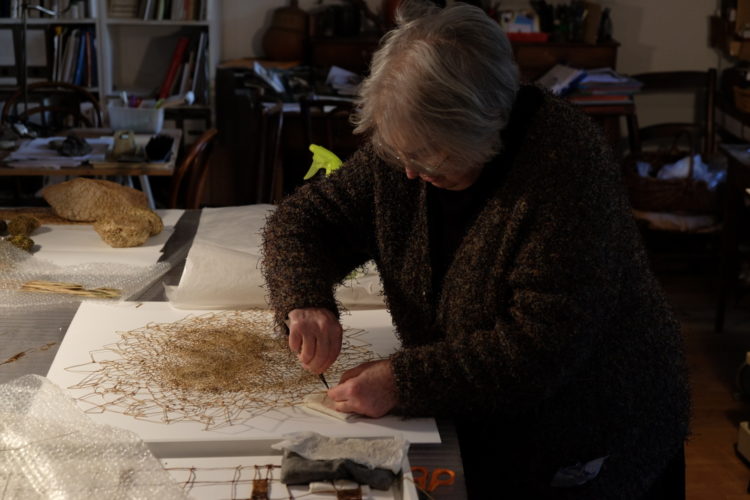
Marinette Cueco
1963 | China

Yin Xiuzhen
1955 | Switzerland

Ursula Biemann
1966 | United Kingdom
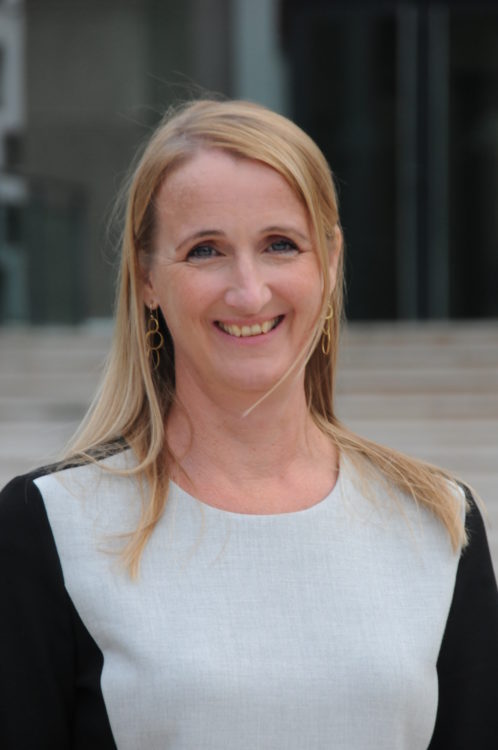
Lucy Orta
1958 | Nigeria
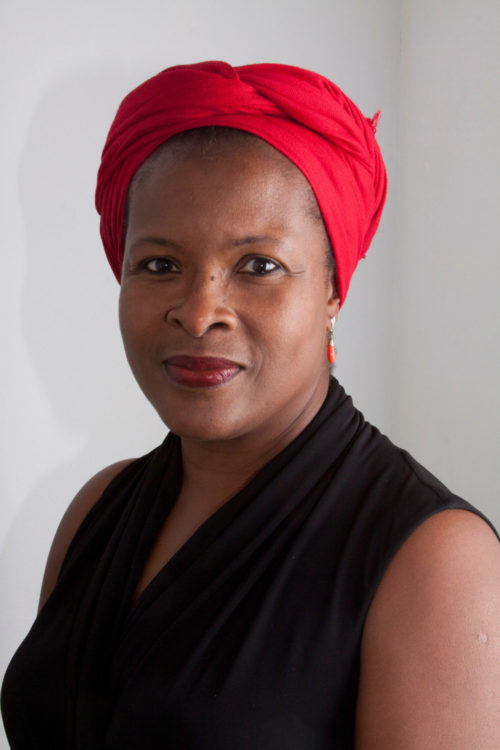
Sokari Douglas Camp
1951 | Iceland
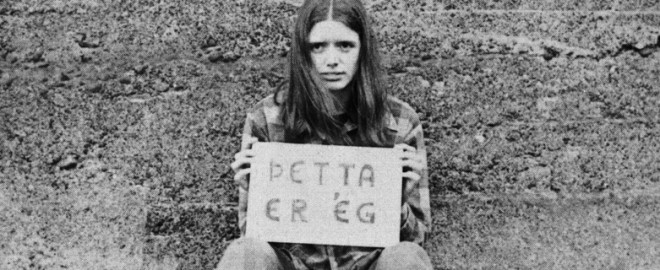
Rúrí
1943 | Singapore
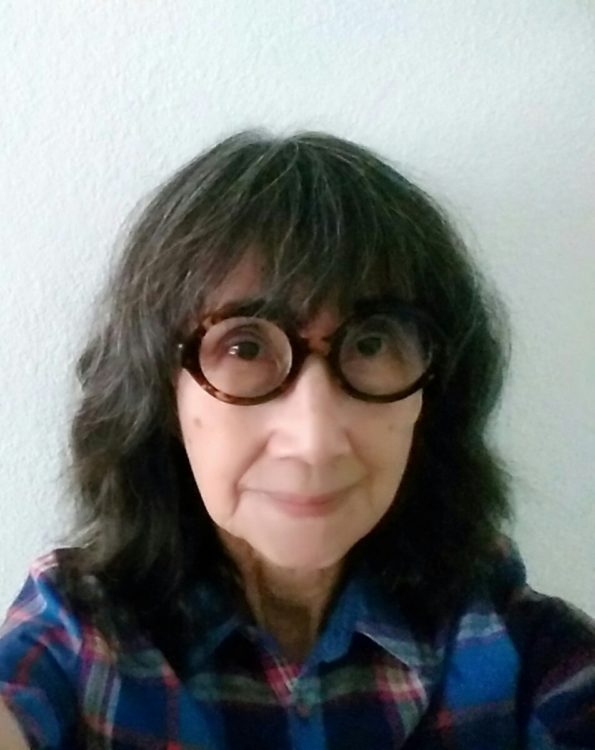
Han Sai Por
1944 | United States
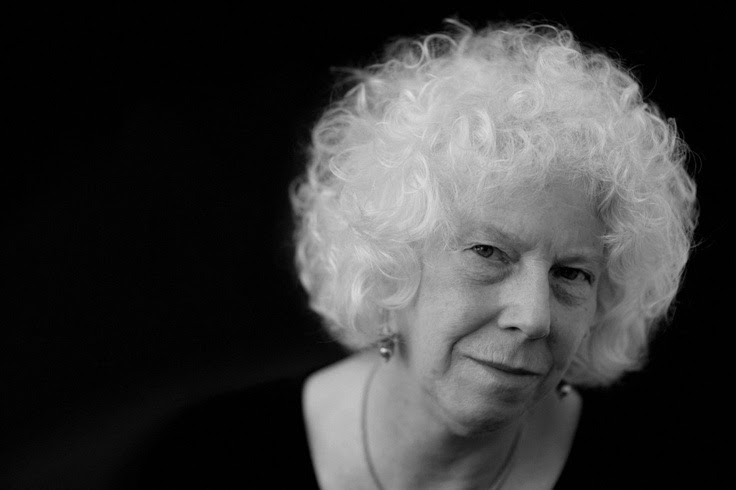
Linda Connor
1969 | Vietnam
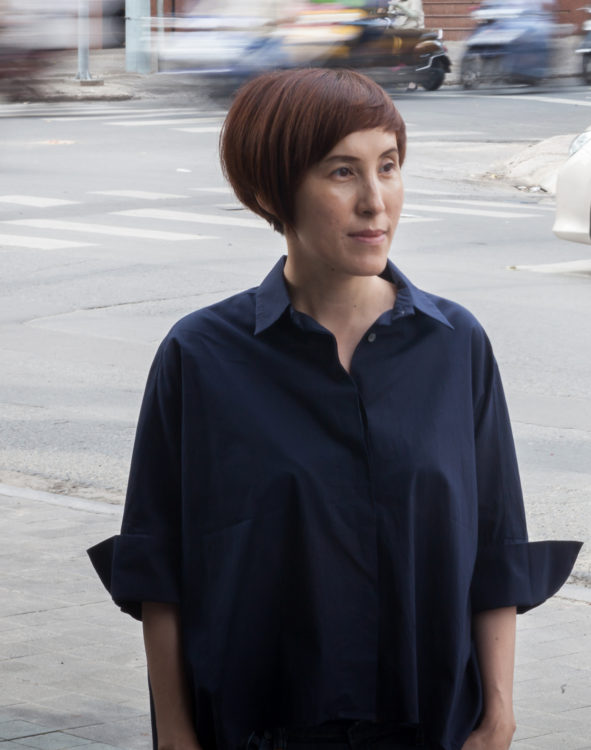
Tiffany Chung
1950 | Germany

Gloria Friedmann
1940 | United States
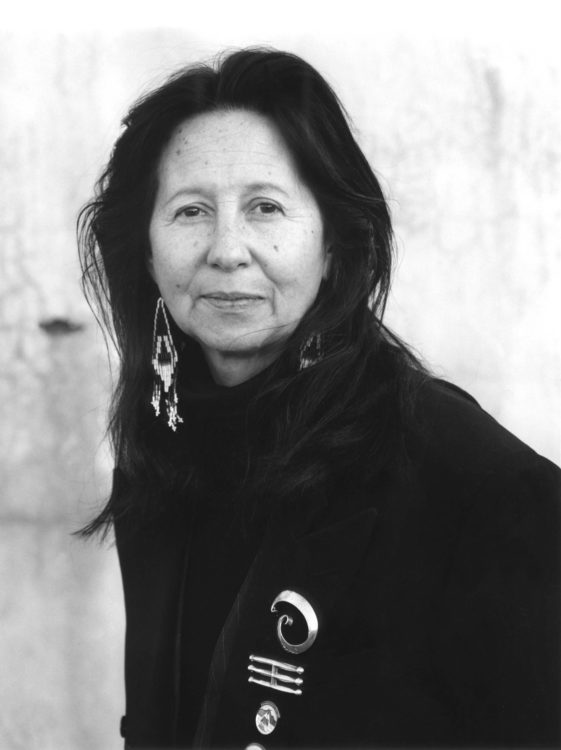
Jaune Quick-to-See Smith
1948 — Cuba | 1985 — United States
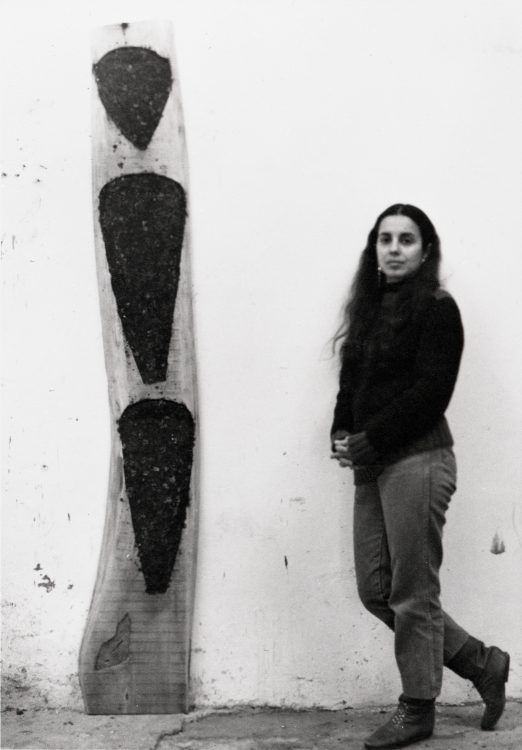
Ana Mendieta
1955 | Cuba
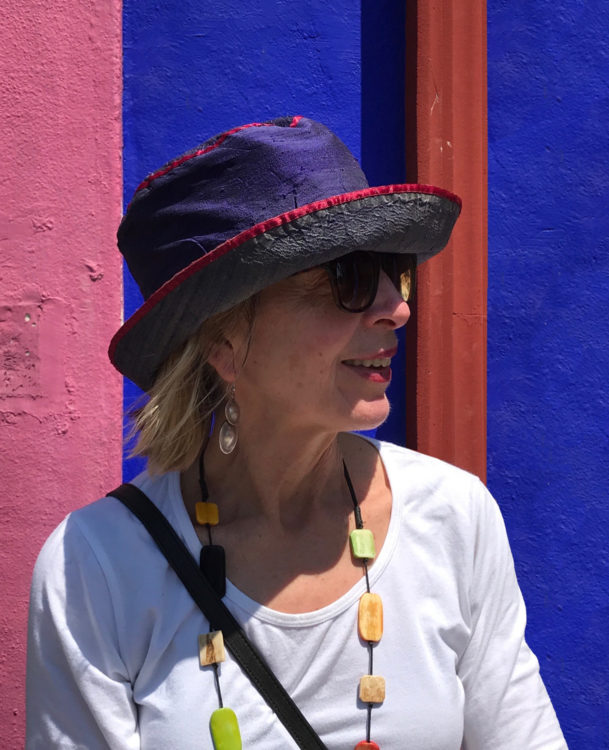
Ana Flores
1952 | Australia
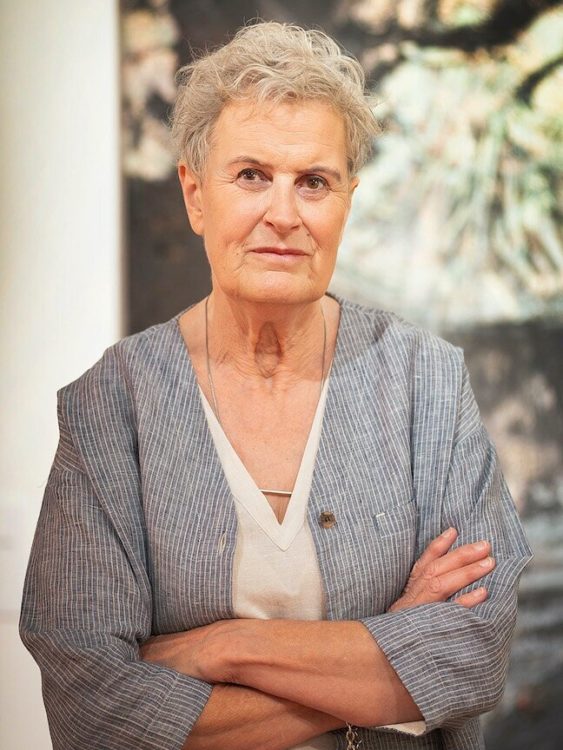
Mandy Martin
1957 | France
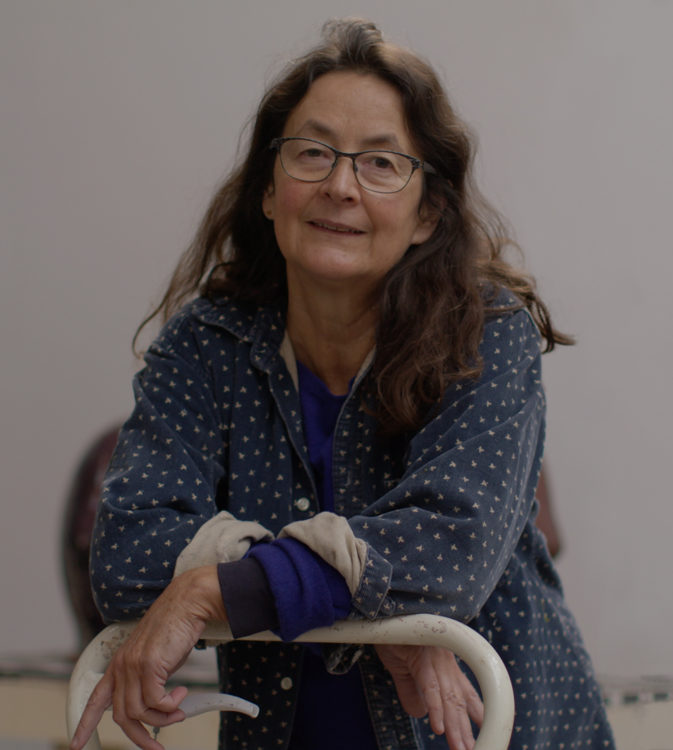
Anne Rochette
1937 | New Zealand

Marilynn Webb
1967 | Senegal
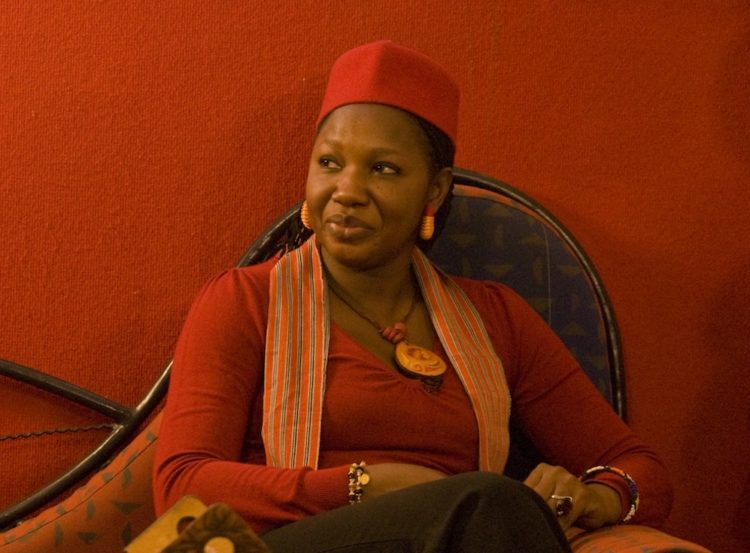
Fatou Kiné Diakhaté
1959 | Argentina
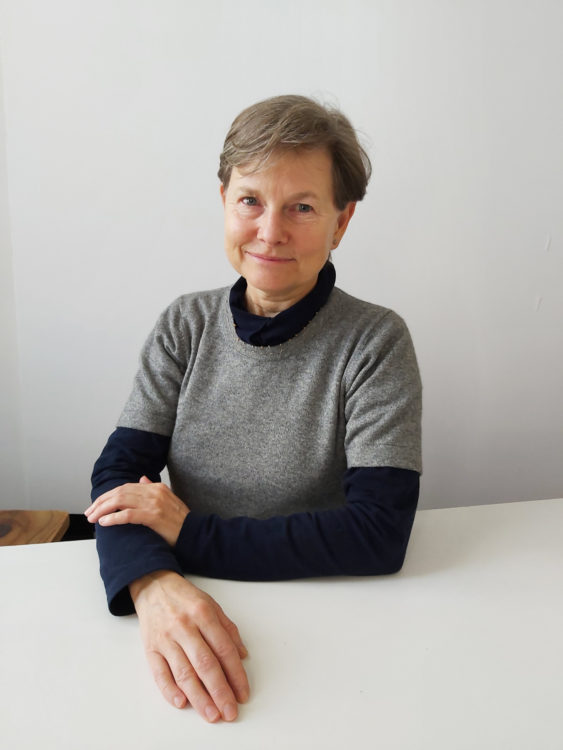
Mónica Giron
1961 | Jamaica

Jasmine Thomas-Girvan
1959 | Greenland

Jessie Kleemann
1961 | Australia

Lynette Wallworth
1960 | Argentina

Mónica Millán
1956 | Spain
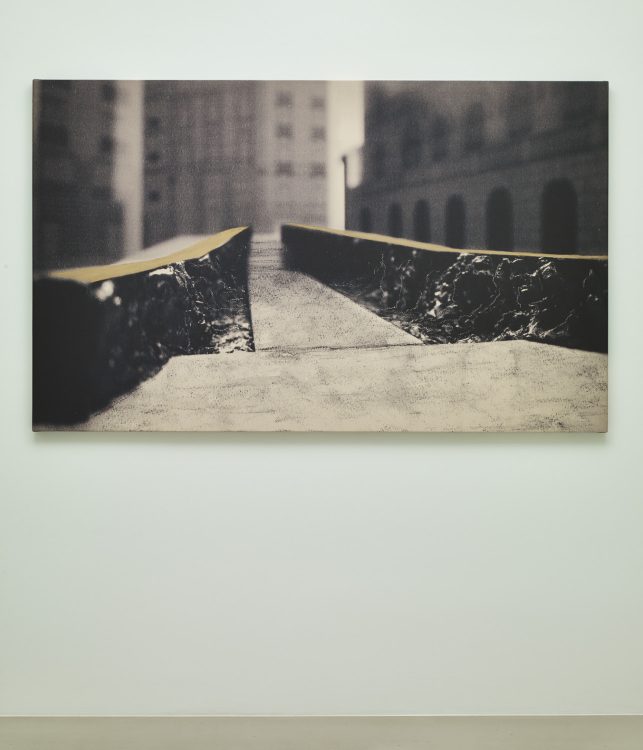
Cristina Iglesias
1960 | France
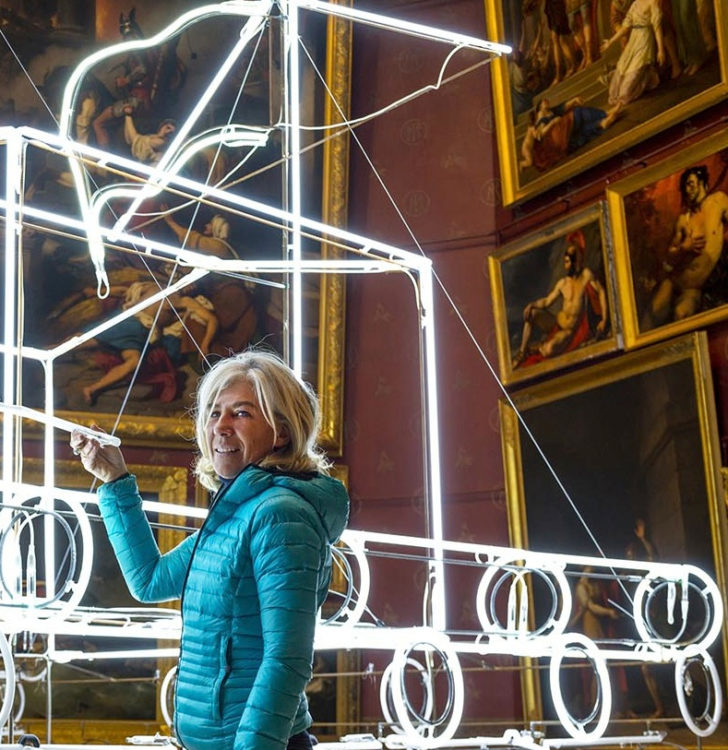
Nathalie Talec
1930 — 1998 | Canada
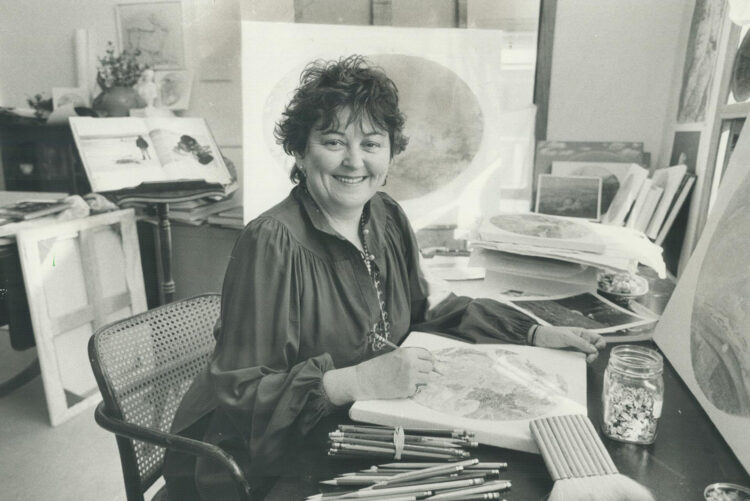
Joyce Wieland
1958 | France
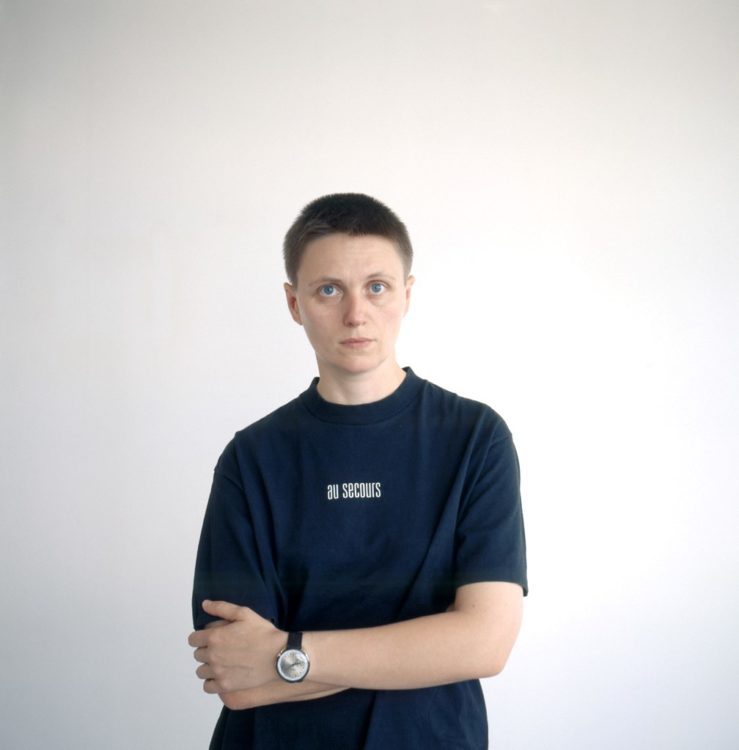
Anne Marie Jugnet
1967 | Switzerland
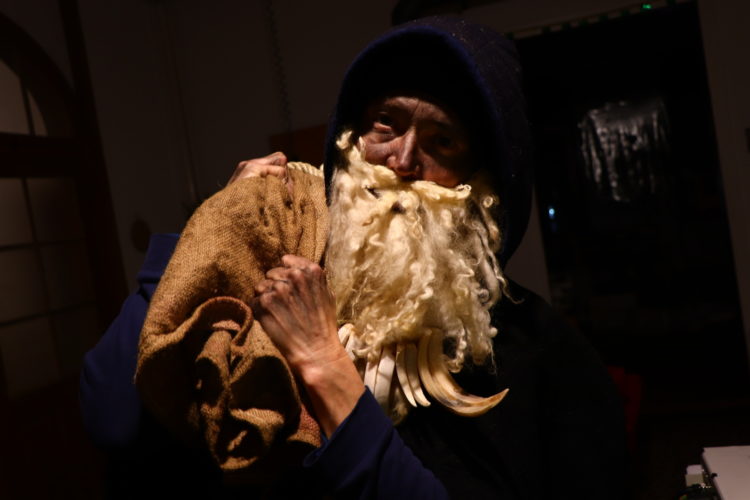
Gerda Steiner
1941 | Pérou
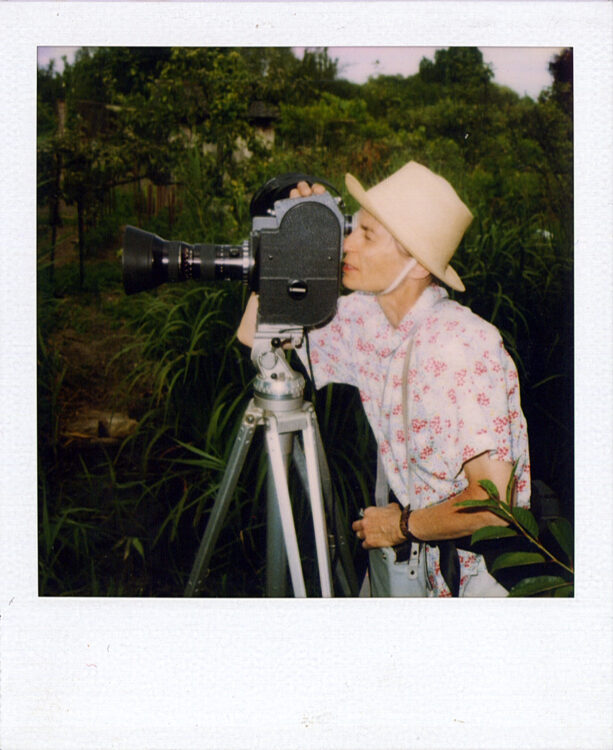
Rose Lowder
1968 | Poland
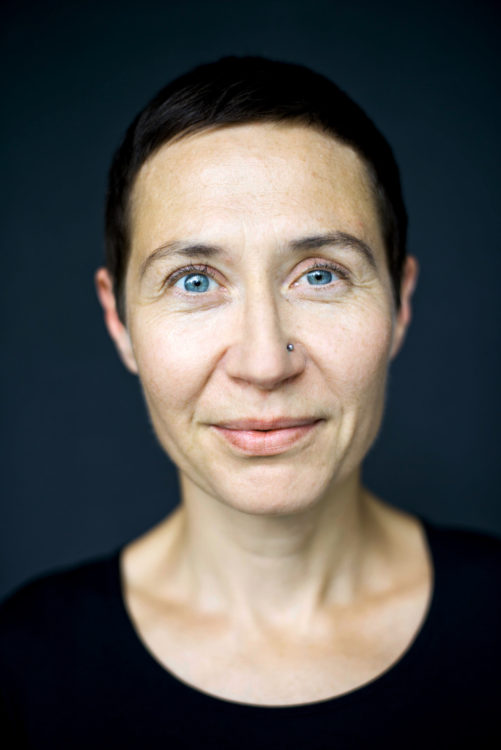
Joanna Rajkowska
1961 | Canada

Shuvinai Ashoona
1962 | Peru
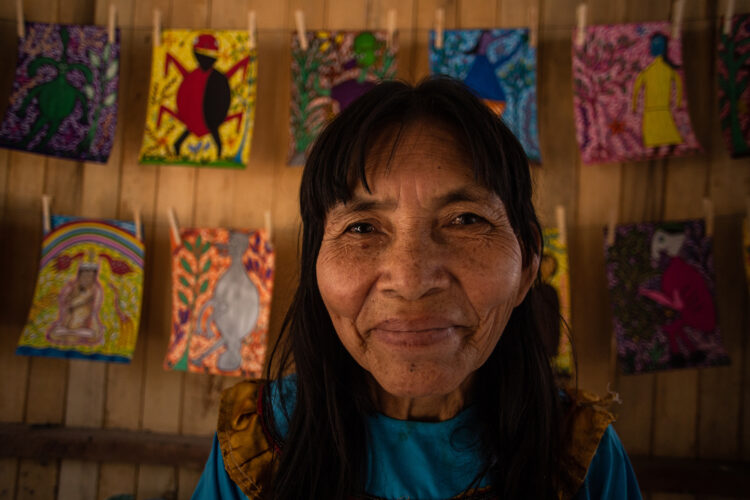
Lastenia Canayo García (Pecón Quena)
1944 | Mandatory Palestine
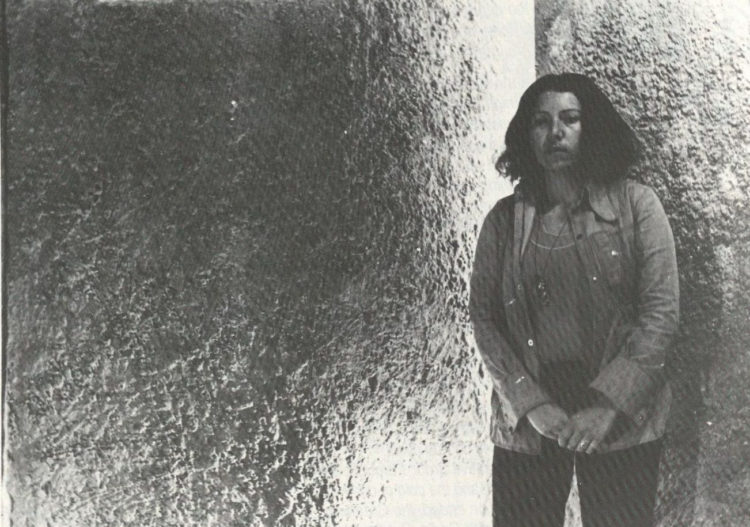
Miriam Sharon
1944 | Uganda

Theresa Musoke
1927 — Singapore | 2020 —
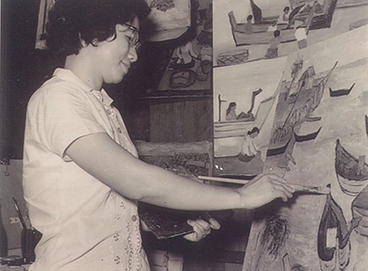
Chen Cheng Mei
1960 | Myanmar
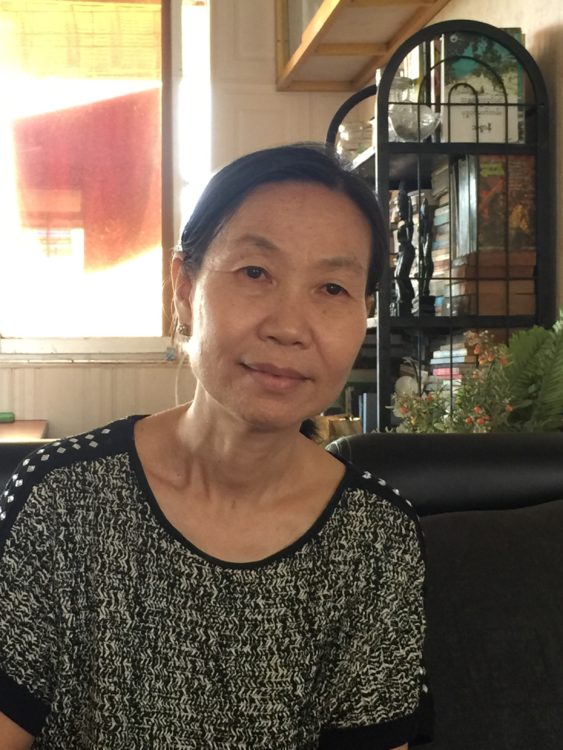
Phyu Mon
1961 | Japan
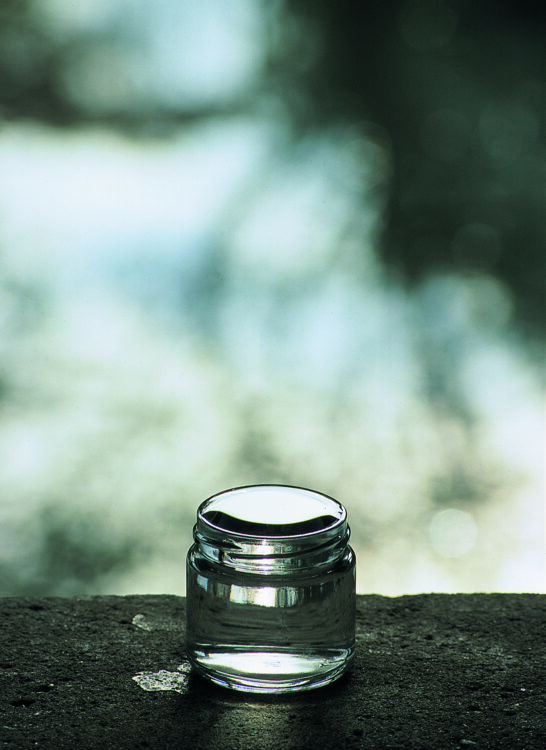
Rei Naito
1927 — 2013 | Canada
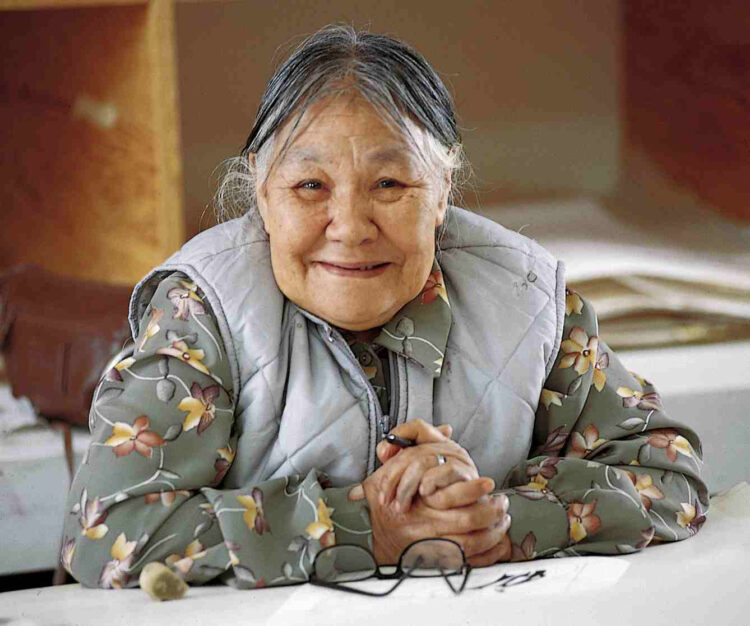
Kenojuak Ashevak
1973 | Netherland
